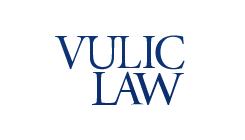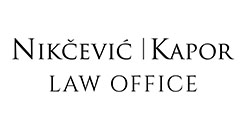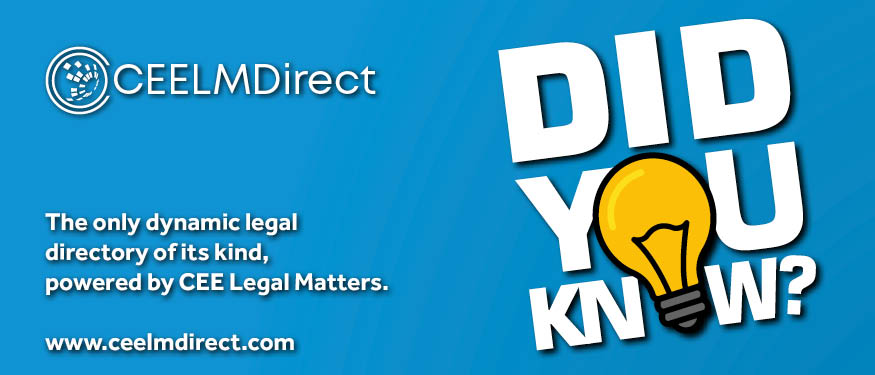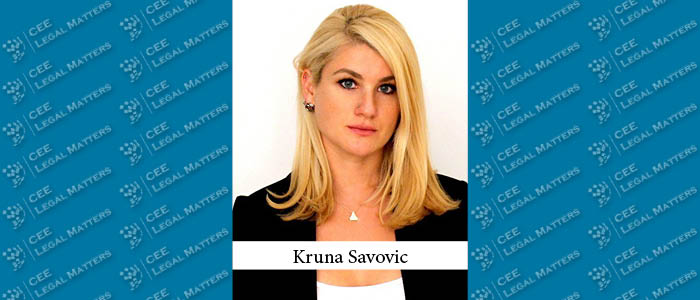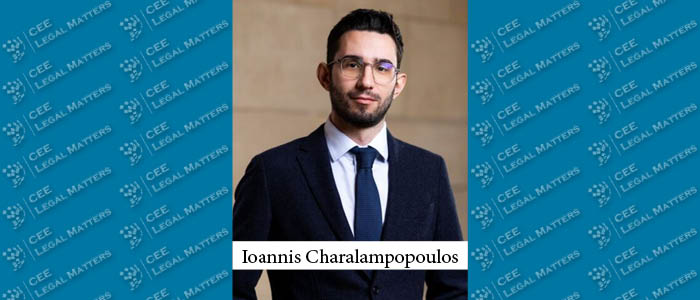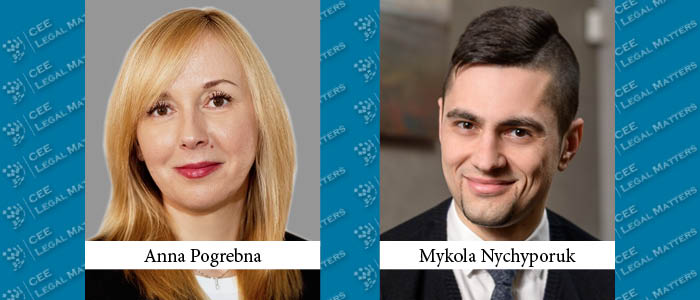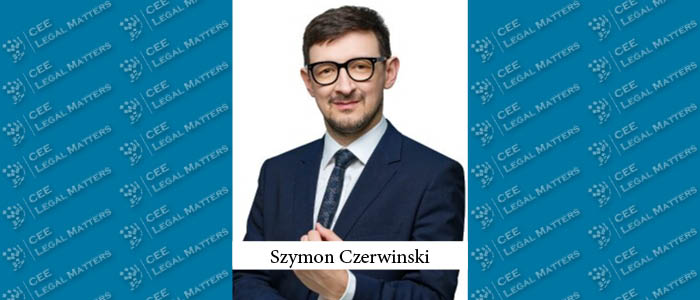Some time ago the Supreme Court of Estonia issued Decision No 3-2-1-167-14 in a cancellation action involving the substantial question of determination of an interested party. This decision expanded the rights of the trademark owners. However, even though the decision provides some insight on which interested parties may file a cancellation action based on non-use of a trademark, the term “an interested party” still remains vague in Estonia.
In Estonia, an interested person may file an action against the proprietor of a trademark to have the proprietor’s exclusive right to the trademark be declared extinguished if the registered trademark has not been used for five consecutive years after its registration without good reason. The main procedural problem related to this ability is the specification of the person entitled to file the claim. The aim of this article is to chart which persons qualify as “interested parties” for the purposes of such claims.
A review of court practice in Estonia reveals that those filing claims to terminate the exclusive right on the grounds of non-use of a trademark can be divided into two groups: (1) applicants seeking to register a trademark; and (2) users of a trademark identical or similar to that of the claimant. Thus, it is possible to map the following groups of persons who may qualify as “interested” for procedural purposes:
1. A claimant who has filed an application for an identical or similar trademark to designate identical or similar goods or services prior to filing a claim to terminate the exclusive right
2. A claimant who has filed an application for an identical or similar trademark to designate different kinds of goods or services prior to filing a claim to terminate the exclusive right
3. A claimant who uses an unregistered identical or similar trademark to designate identical or similar goods or services prior to filing a claim to terminate the exclusive right
4. A claimant who uses a registered identical or similar trademark to designate identical or similar goods or services prior to filing a claim to terminate the exclusive right
5. A claimant who is either the user or the holder of a well-known identical or similar trademark
Before the Supreme Court’s decision, Estonian courts had drawn the circle of interested persons narrowly. This approach was not appropriate and was not in accordance with EU law and the WTO’s Agreement on Trade-Related Aspects of Intellectual Property Rights Agreements. Indeed, it is important to avoid drawing the circle too conservatively, because often filing a cancellation action may be the only way for an interested person to exercise and protect his/her rights and avoid initial conflict.
Although under current IP law only interested persons can file a cancellation claim, the planned IP Code would allow any person to file a claim, whether interested or not. This provision, if codified, would conflict with other elements of Estonian legislation, including, most notably, § 3 (1) of the Code of Civil Procedure (CCP), which provides courts with jurisdiction over any claims made pursuant to procedures provided by law for the protection of the claimant’s alleged right or interest protected by law. Another conflict exists with § 3 (3) of the CCP, which states that a claim may be filed by a person whose rights or interests would have remained unprotected save for filing the court claim. Thus, court proceedings involving a claim to terminate the exclusive right require that the nature of the claimant’s interest and the way in which the contested trademark infringes his/her rights or freedoms be established.
By Anneli Kapp, Partner, Patendiburoo KAOSAAR
This Article was originally published in Issue 4.5 of the CEE Legal Matters Magazine. If you would like to receive a hard copy of the magazine, you can subscribe here.











